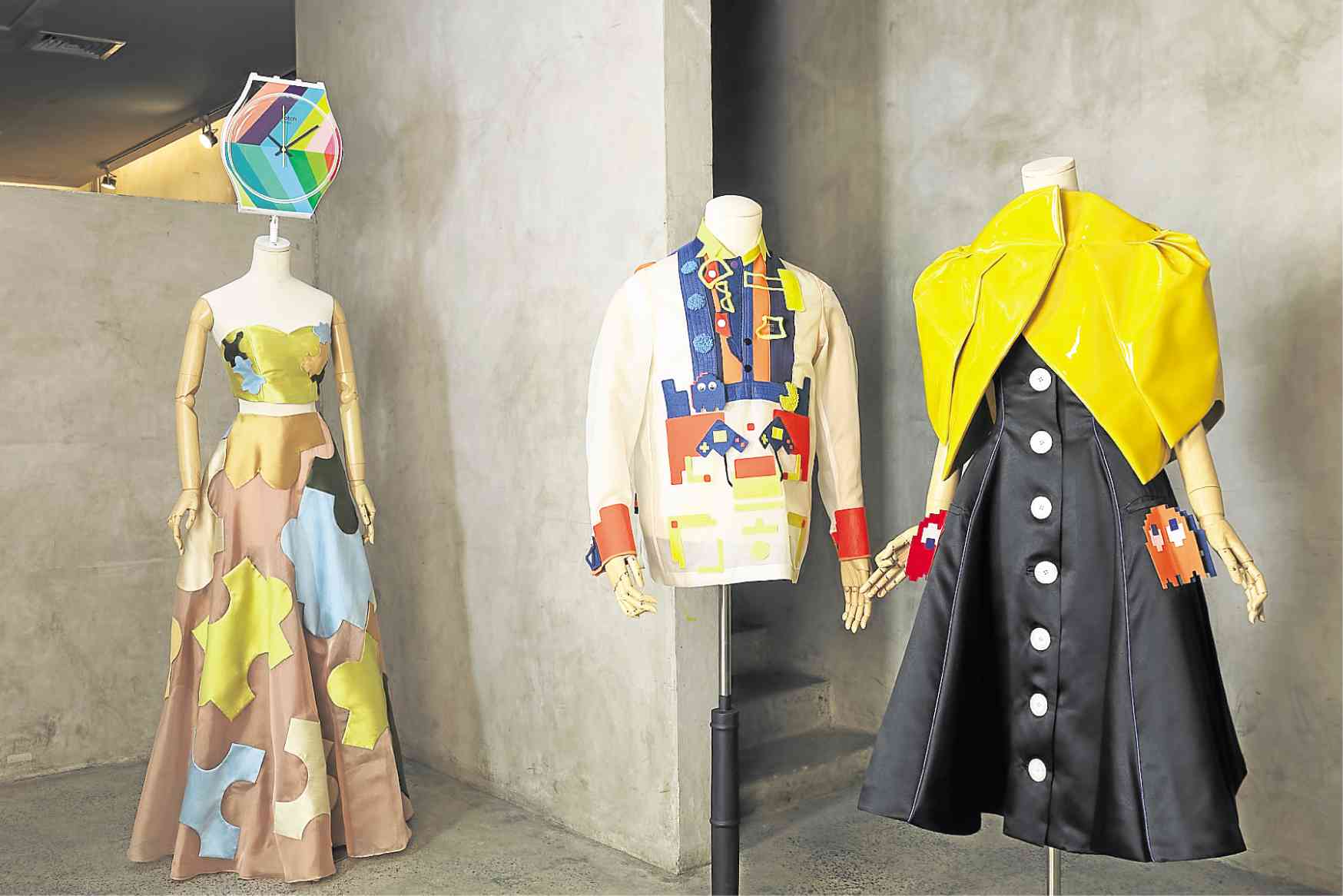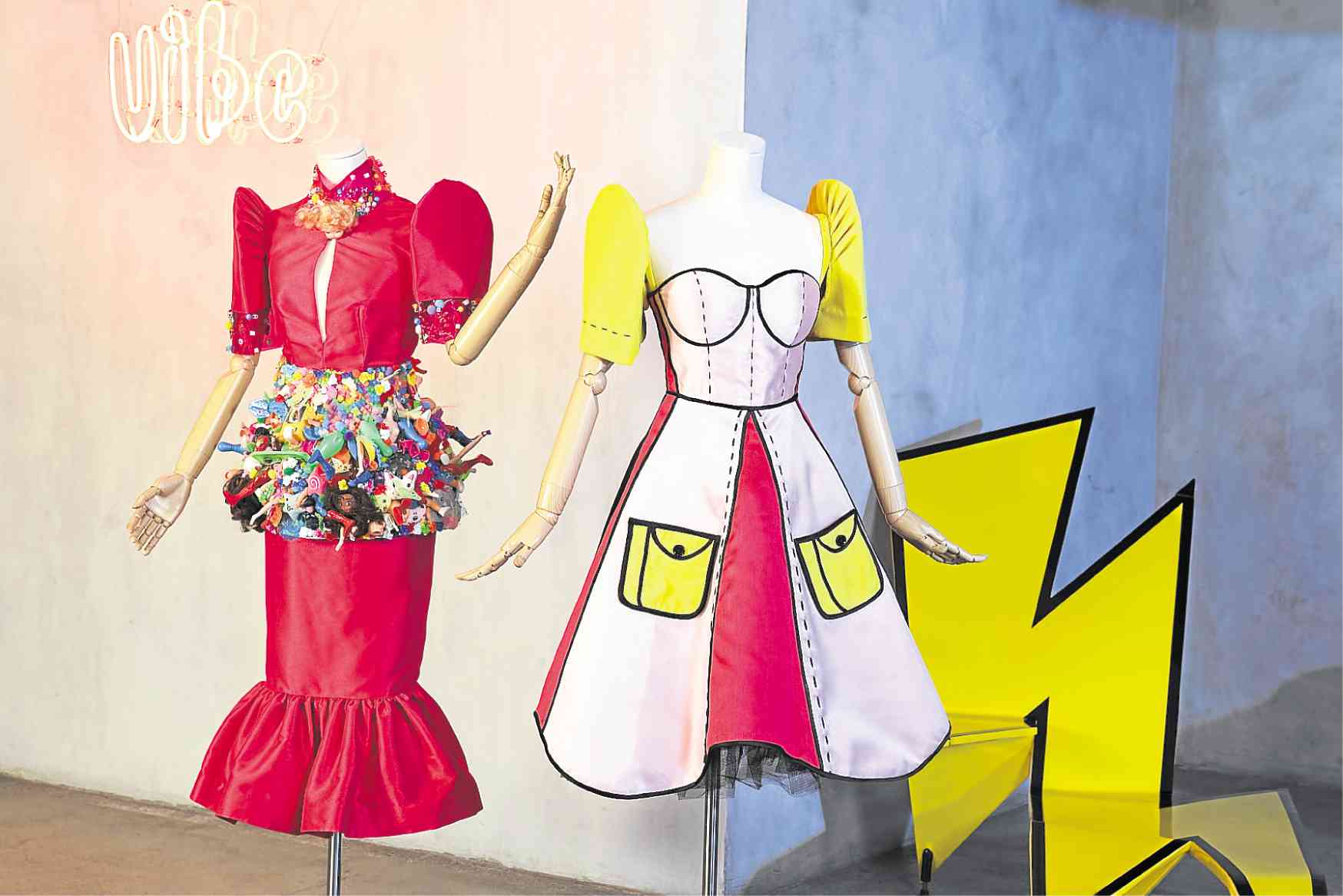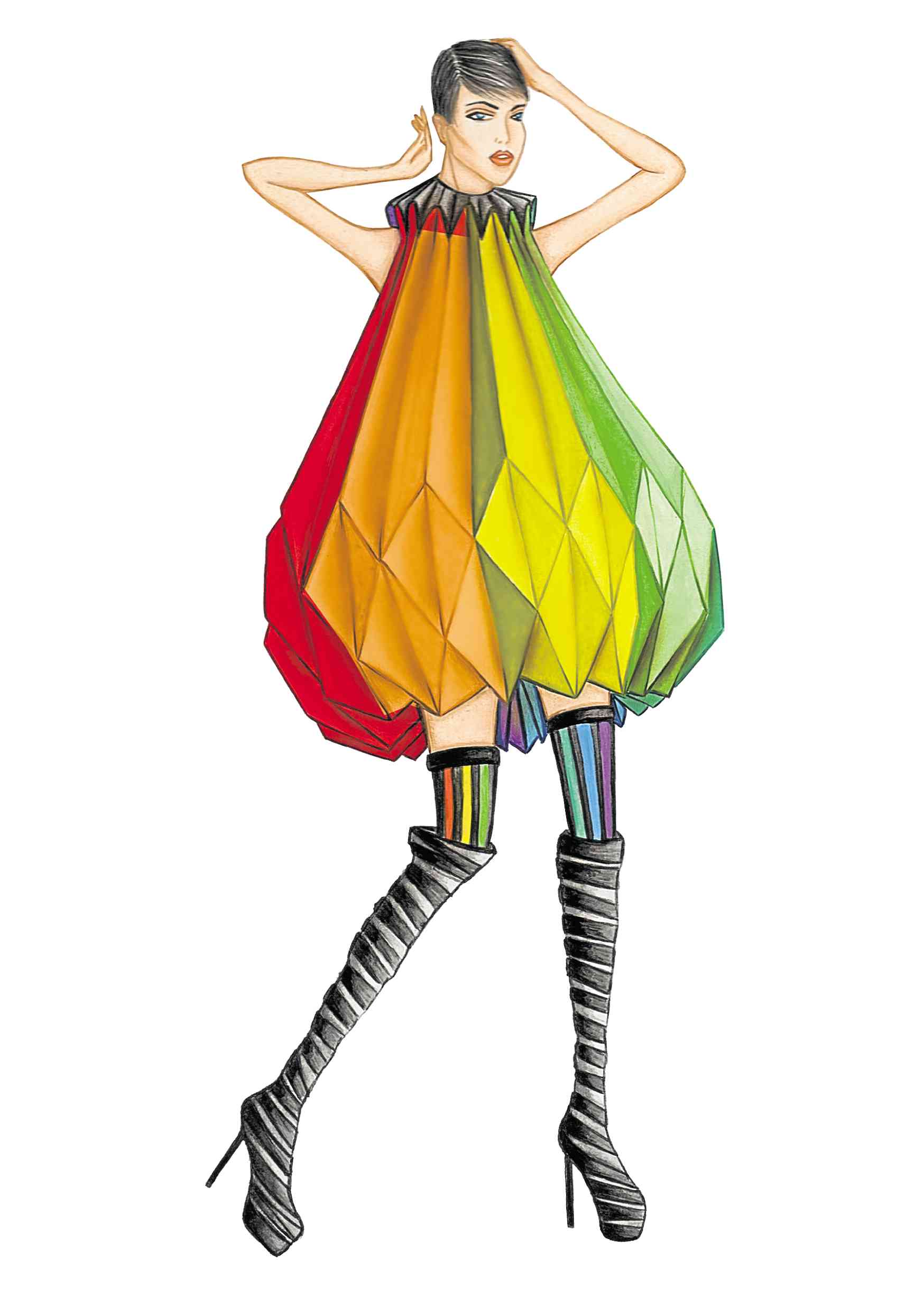
How can technology not replace the fashion designer?
While many fashion schools emphasize technique, Slim’s Fashion and Arts School aims for its students to be independent thinkers and to push boundaries. The school aims to draw out the personality and talent of each student.
In this IT-driven world, the curriculum, developed by couturière Salvacion Lim-Higgins and her sister Purificacion half a century ago, continues to aim for relevance.
“Slim’s focuses on nurturing creativity and critical thinking, supported by technical proficiency. None of these can be replaced by technology,” says Slim’s director Mark Higgins.
“Technology is a tool, not a talent. It can expedite things like pattern grading, CAD and ‘tech-pack’ requirements. We feel the foundation skills are more crucial. No matter how great the software is, if you don’t understand color theories or basic design principles such as balance and proportion, sound design may not come so easily.
“Likewise, it takes analytical thinking and construction know-how to be able to execute a complex or inventive design idea, or to program software to create a pattern for it. Think of it this way: Just because someone can take pictures and manipulate images using apps doesn’t make him a professional or a good photographer.”

Playful approach
Slim’s innovative and adventurous spirit will be showcased in a student fashion exhibit at the activity area of SM Megamall’s Mega Fashion Hall from Sept. 27 to Oct. 5.
Titled “Laro (Play): The Best of Student Work 2018,” the exhibit presents designs that reflect the graduating students’ virtuosity in patternmaking, bespoke tailoring and draping. The students have taken a playful approach by drawing inspiration from toys, kites, pinball games, jigsaw puzzles and board games.
Swatch, the trendy watch brand, is Slim’s major collaborator in this endeavor.
“It is a perfect match, since the brand is all about creativity and young, vibrant, fashionable design directions. The exhibit will be treated as an installation, with ‘maxi’ watch faces accessorizing the students’ creations,” says Mark’s sister, Sandy, a director at Slim’s.
Some of the students incorporated Swatch’s designs. Je Valeriano made a dress that references folding paper balls, and rendered it in Swatch’s new color palette. Jen Ortega was inspired by galaxy games and the planetary rings in the Telefon Maison watch.
The exhibit is part of SM’s drive to bring the arts to the malls.
The exhibition pieces were selected from the students’ exams. The faculty guided them from concept to execution. “They’re encouraged to push themselves beyond their comfort zones. The important thing is they learn from the process. Since the theme changes each year, the results are always fresh and surprising,” says Sandy.

Taboo
One of the taboos is poor execution, no matter how avant-garde the design may be. “Otherwise, it looks like nothing more than an amateur class project,” says Mark. “Students are challenged to bring an ambitious idea to life with a little mentoring, from designs and swatches to prototypes and the finished garment. Any design that is ‘unfeasible’ won’t survive the process.”
The exhibit is the outcome of a solid foundation in color theory, design principles and fashion history in the Fashion Design course. The Higgins siblings explain that a fine arts background makes a polished, more informed designer. They cite their mother, Salvacion, the school’s cofounder, whose fine arts background influenced her visionary designs.
After learning the fundamentals in drawing and rendering, students are trained to think like designers, gathering ideas from everywhere.
“Students are taught to harness fantastic concepts and cull them into ideas for the real world. They then develop their portfolios,” says Sandy.
Although the students research on the internet, they are encouraged to immerse themselves in the school library, which is rich in books about fashion, art and Philippine history. It’s the only school that has bound volumes of Vogue and Harper’s Bazaar dating back to the late 1930s.

version of a terno inspired by paper dolls.
One-man bands
The siblings take pride in the originality of the construction techniques that were developed by Salvacion and their aunt Purificacion. This technical skill is important in creating a comfortable, flattering and well-made garment.
“The Slim’s method is classic construction and finishing, starting with creating a block or sloper from measurements. Other schools provide a block which students manipulate. Our measurement-taking is detailed, which produces better patterns and well-fitting garments,” explains Mark.
The students learn clean finishing so that they can later instruct their sewers. “Otherwise their work may end up of substandard quality, depending on the skill of the sewer. We don’t teach shortcuts. Students can devise their own shortcuts when they have mastered construction. Our technical training is akin to learning a vocabulary. The more techniques, the better you will be able to express yourself,” he says.
Then there’s the practical side. The school provides a short, intensive course on “The Business of Fashion,” which covers production cost, pricing clothes, calculating overhead expenses, starting a business, working with suppliers, branding and marketing fundamentals.

“In a nutshell, it teaches them how to make a living by creating clothes,” says Sandy.
The Higgins siblings define success not in terms of popularity or wealth. “A good designer is not necessarily rich or famous. A famous designer isn’t necessarily a good one. What counts is that graduates find what it is that makes them happy,” says Mark.
Adds Sandy, “We advise students to grow slowly but surely. That’s a more sustainable way to build a career.” —CONTRIBUTED














































